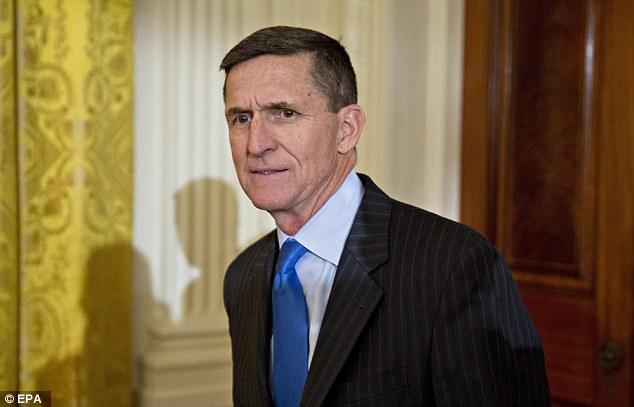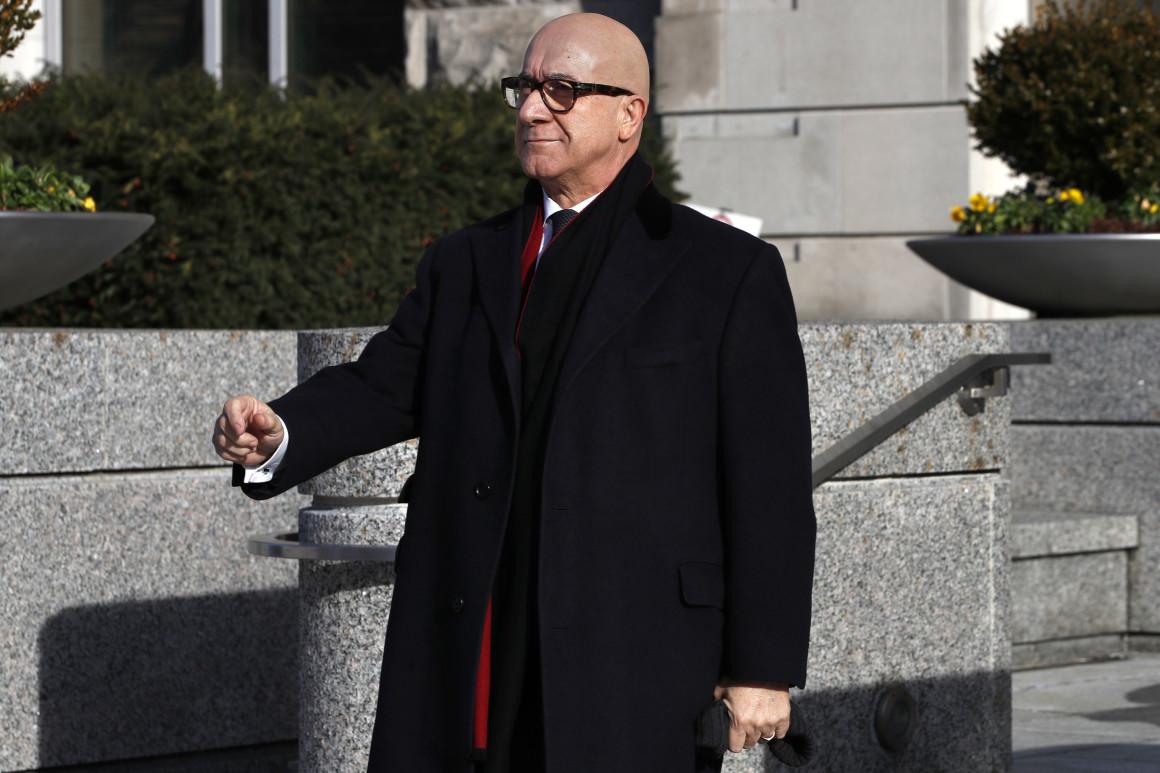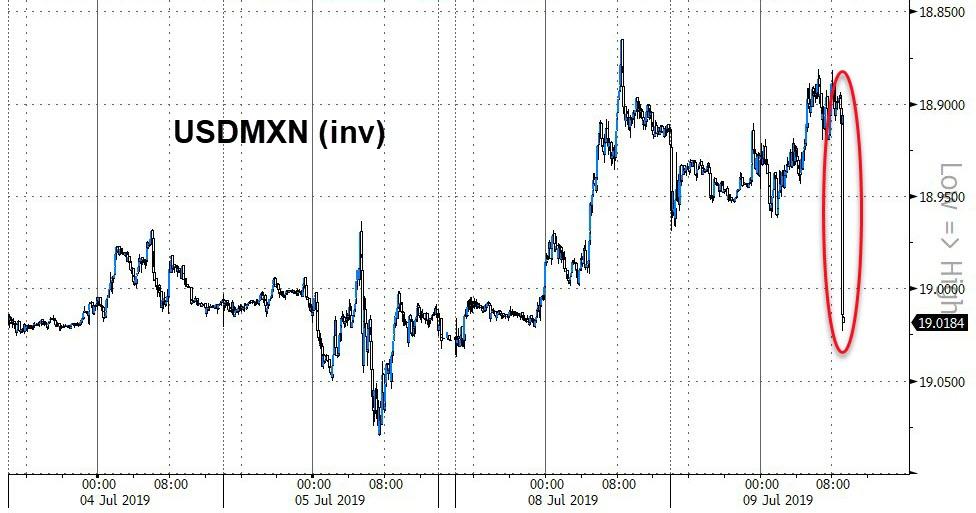[B.] The President concedes that he blocked the Individual Plaintiffs because they posted tweets that criticized him or his policies. He also concedes that such criticism is protected speech.
The issue then for this Court to resolve is whether, in blocking the Individual Plaintiffs from the interactive features of the Account, the President acted in a governmental capacity or as a private The President maintains that Twitter is a privately owned and operated social media platform that he has used since 2009 to share his opinions on popular culture, world affairs, and politics.
Since he became President, he contends, the private nature of the Account has not changed. In his view, the Account is not a space owned or controlled by the government. Rather, it is a platform for his own private speech and not one for the private expression of others. Because the Account is private, he argues, First Amendment issues and forum analysis are not implicated. Although Twitter facilitates robust public debate on the Account, the President contends that it is simply the means through which he participates in a forum and not a public forum in and of itself.
No one disputes that the First Amendment restricts government regulation of private speech but does not regulate purely private speech. If, in blocking, the President were acting in a governmental capacity, then he may not discriminate based on viewpoint among the private speech occurring in the Account’s interactive space.
As noted, the government argues first that the Account is the President’s private property because he opened it in 2009 as a personal account and he will retain personal control over the Account after his presidency. However, the fact that government control over property is temporary, or that the government does not “own” the property in the sense that it holds title to the property, is not determinative of whether the property is, in fact, sufficiently controlled by the government to make it a forum for First Amendment purposes. See Se. Promotions, Ltd. v. Conrad, 420 U.S. 546, 547‐52 (1975) (holding privately‐owned theater leased to and operated by city was public forum). {5 See also Denver Area Educ. Telecommunications Consortium, Inc. v. F.C.C., 518 U.S. 727, 749 (1996) (plurality opinion) (stating that “public forums are places that the government has opened for use by the public as a place for expressive activity” (internal quotation marks omitted)); S. Postal Serv. v. Council of Greenburgh Civic Associations, 453 U.S. 114, 132 (considering “question of whether a particular piece of personal or real property owned or controlled by the government” is a public forum (emphasis added)).} Temporary control by the government can still be control for First Amendment purposes.
The government’s contention that the President’s use of the Account during his presidency is private founders in the face of the uncontested evidence in the record of substantial and pervasive government involvement with, and control over, the Account. First, the Account is presented by the President and the White House staff as belonging to, and operated by, the President. The Account is registered to “Donald J. Trump, ’45th President of the United States of America, Washington, D.C.'” App’x at 54. The President has described his use of the Account as “MODERN DAY PRESIDENTIAL.” The White House social media director has described the Account as a channel through which “President Donald J. Trump . . . [c]ommunicat[es] directly with you, the American people!” The @WhiteHouse account, an undoubtedly official Twitter account run by the government, “directs Twitter users to ‘Follow for the latest from @POTUS @realDonaldTrump and his Administration.” Further, the @POTUS account frequently republishes tweets from the Account…. [A]ccording to the National Archives and Records Administration, the President’s tweets from the Account “are official records that must be preserved under the Presidential Records Act.”
Second, since becoming President he has used the Account on almost a daily basis “as a channel for communicating and interacting with the public about his administration.” The President utilizes White House staff to post tweets and to maintain the Account. He uses the Account to announce “matters related to official government business,” including high‐level White House and cabinet‐level staff changes as well as changes to major national policies. He uses the Account to engage with foreign leaders and to announce foreign policy decisions and initiatives.
Finally, he uses the “like,” “retweet,” “reply,” and other functions of the Account to understand and to evaluate the public’s reaction to what he says and does. In sum, since he took office, the President has consistently used the Account as an important tool of governance and executive outreach. For these reasons, we conclude that the factors pointing to the public, non‐private nature of the Account and its interactive features are
The government’s response is that the President is not acting in his official capacity when he blocks users because that function is available to all users, not only to government officials. However, the fact that any Twitter user can block another account does not mean that the President somehow becomes a private person when he does so. Because the President, as we have seen, acts in an official capacity when he tweets, we conclude that he acts in the same capacity when he blocks those who disagree with him.
Here, a public official and his subordinates hold out and use a social media account open to the public as an official account for conducting official business. That account has interactive features open to the public, making public interaction a prominent feature of the account. These factors mean that the account is not private. Accordingly, the President excluded the Individual Plaintiffs from government‐controlled property when he used the blocking function of the Account to exclude disfavored
Of course, not every social media account operated by a public official is a government account. Whether First Amendment concerns are triggered when a public official uses his account in ways that differ from those presented on this appeal will in most instances be a fact‐specific inquiry. The outcome of that inquiry will be informed by how the official describes and uses the account; to whom features of the account are made available; and how others, including government officials and agencies, regard and treat the account.
But these are concerns for other cases and other days and are ones we are not required to consider or resolve on this Once it is established that the President is a government actor with respect to his use of the Account, viewpoint discrimination violates the First Amendment.
[C.] The government makes two responses. First, it argues that the Account is not a public forum and that, even if it were a public forum, the Individual Plaintiffs were not excluded from it. Second, the government argues that the Account, if controlled by the government, is government speech not subject to First Amendment …
[1.] To determine whether a public forum has been created, courts look “to the policy and practice of the government” as well as “the nature of the property and its compatibility with expressive activity to discern the government’s ” Opening an instrumentality of communication “for indiscriminate use by the general public” creates a public forum. The Account was intentionally opened for public discussion when the President, upon assuming office, repeatedly used the Account as an official vehicle for governance and made its interactive features accessible to the public without limitation. We hold that this conduct created a public forum.
If the Account is a forum—public or otherwise—viewpoint discrimination is not permitted. A blocked account is prevented from viewing any of the President’s tweets, replying to those tweets, retweeting them, or liking them. Replying, retweeting, and liking are all expressive conduct that blocking inhibits. Replying and retweeting are messages that a user broadcasts, and, as such, undeniably are speech. Liking a tweet conveys approval or acknowledgment of a tweet and is therefore a symbolic message with expressive content.
Significantly, the parties agree that all of this expressive conduct is communicated to the thousands of users who interact with the Account. By blocking the Individual Plaintiffs and preventing them from viewing, retweeting, replying to, and liking his tweets, the President excluded the Individual Plaintiffs from a public forum, something the First Amendment
[2.] The government … argues that blocking did not ban or burden anyone’s speech. Specifically, the government contends that the Individual Plaintiffs were not prevented from speaking because “the only material impact that blocking has on the individual plaintiffs’ ability to express themselves on Twitter is that it prevents them from speaking directly to Donald Trump by replying to his tweets on the @realDonaldTrump web “
That assertion is not well‐grounded in the facts presented to us. The government is correct that the Individual Plaintiffs have no right to require the President to listen to their speech. However, the speech restrictions at issue burden the Individual Plaintiffs’ ability to converse on Twitter with others who may be speaking to or about the President. {If, for example, the President had merely prevented the Individual Plaintiffs from sending him direct messages, his argument would have more force.} President Trump is only one of thousands of recipients of the messages the Individual Plaintiffs seek to communicate. While he is certainly not required to listen, once he opens up the interactive features of his account to the public at large he is not entitled to censor selected users because they express views with which he
{The government extends this argument to suggest that the Individual Plaintiffs are claiming a right to “amplify” their speech by being able to reply directly to the President’s tweets. The government can choose to “amplify” the speech of certain individuals without violating the rights of others by choosing to listen or not listen…. That is not what occurred here; the Individual Plaintiffs were not simply ignored by the President, their ability to speak to the rest of the public users of the Account was burdened. In any event, the government is not permitted to “amplify” favored speech by banning or burdening viewpoints with which it disagrees.}
The government’s reply is that the Individual Plaintiffs are not censored because they can engage in various “workarounds” such as creating new accounts, logging out to view the President’s tweets, and using Twitter’s search functions to find tweets about the President posted by other users with which they can
Tellingly, the government concedes that these “workarounds” burden the Individual Plaintiffs’ speech. And burdens to speech as well as outright bans run afoul of the First Amendment. When the government has discriminated against a speaker based on the speaker’s viewpoint, the ability to engage in other speech does not cure that constitutional shortcoming.
Similarly, the fact that the Individual Plaintiffs retain some ability to “work around” the blocking does not cure the constitutional violation. Neither does the fact that the Individual Plaintiffs can post messages elsewhere on Accordingly, we hold that the President violated the First Amendment when he used the blocking function to exclude the Individual Plaintiffs because of their disfavored speech.
[3.] Finally, the government argues that to the extent the Account is controlled by the government, it is government speech. Under the government speech doctrine, “[t]he Free Speech Clause does not require government to maintain viewpoint neutrality when its officers and employees speak” about governmental endeavors. For example, when the government wishes to promote a war effort, it is not required by the First Amendment to also distribute messages discouraging that effort.
It is clear that if President Trump were engaging in government speech when he blocked the Individual Plaintiffs, he would not have been violating the First Amendment. Everyone concedes that the President’s initial tweets (meaning those that he produces himself) are government speech.
But this case does not turn on the President’s initial tweets; it turns on his supervision of the interactive features of the Account. The government has conceded that the Account “is generally accessible to the public at large without regard to political affiliation or any other limiting criteria,” and the President has not attempted to limit the Account’s interactive feature to his own speech.
Considering the interactive features, the speech in question is that of multiple individuals, not just the President or that of the government. When a Twitter user posts a reply to one of the President’s tweets, the message is identified as coming from that user, not from the President.
There is no record evidence, and the government does not argue, that the President has attempted to exercise any control over the messages of others, except to the extent he has blocked some persons expressing viewpoints he finds distasteful. The contents of retweets, replies, likes, and mentions are controlled by the user who generates them and not by the President, except to the extent he attempts to do so by blocking. Accordingly, while the President’s tweets can accurately be described as government speech, the retweets, replies, and likes of other users in response to his tweets are not government speech under any formulation….
I had earlier expressed some skepticism about this position, because I thought that there was a good argument that @RealDonaldTrump—which was created well before President Trump was elected—was Trump’s personal account, even if it was used to announce governmental decisions (just as an official’s campaign speech is the politician’s own speech, even if it announces some important decisions). But I think the Second Circuit’s analysis is quite persuasive, especially since “The President operates the Account with the assistance of defendant Daniel Scavino, the White House Director of Social Media and Assistant to the President” (a matter the court notes but doesn’t rely on); this, I think, helps distinguish the account from campaign speech, which federal law generally says must be created without the help of government employees.



